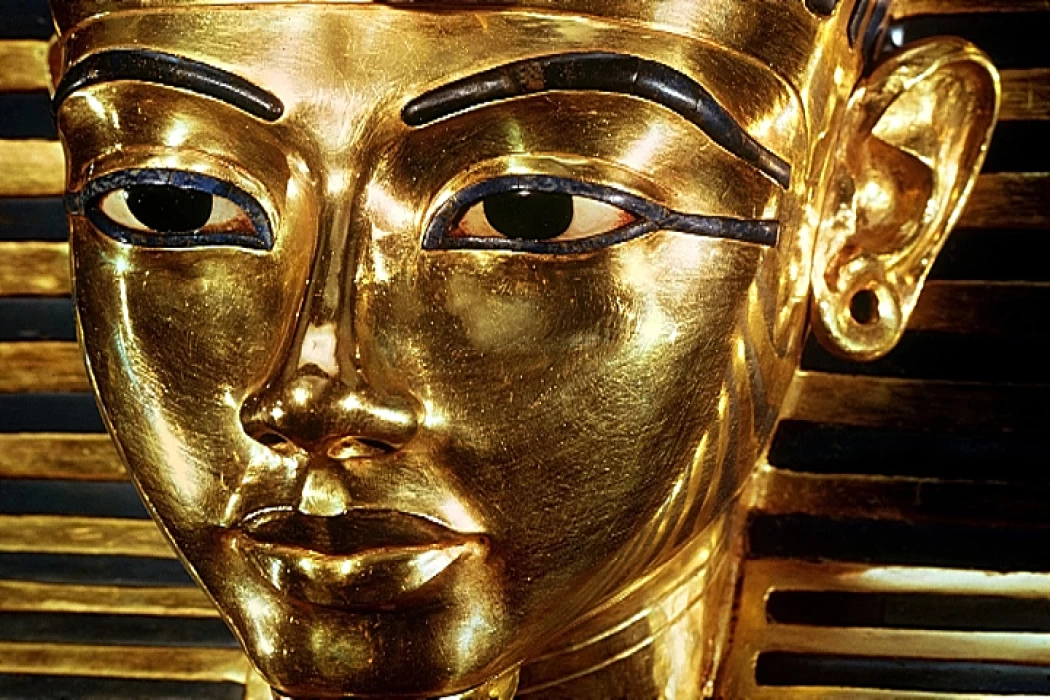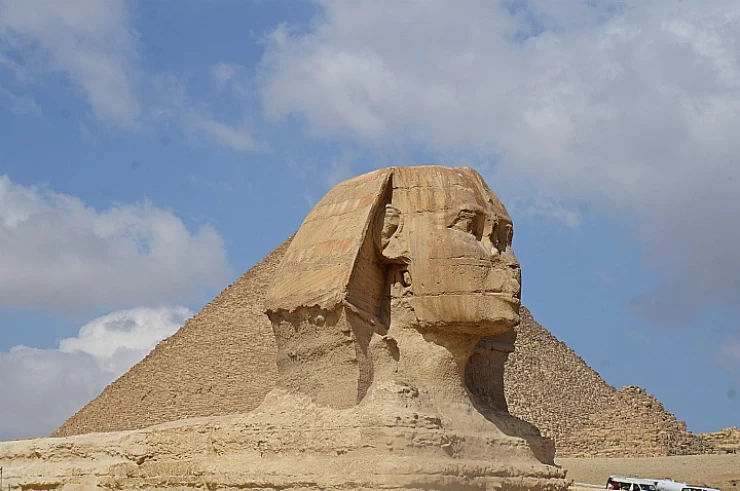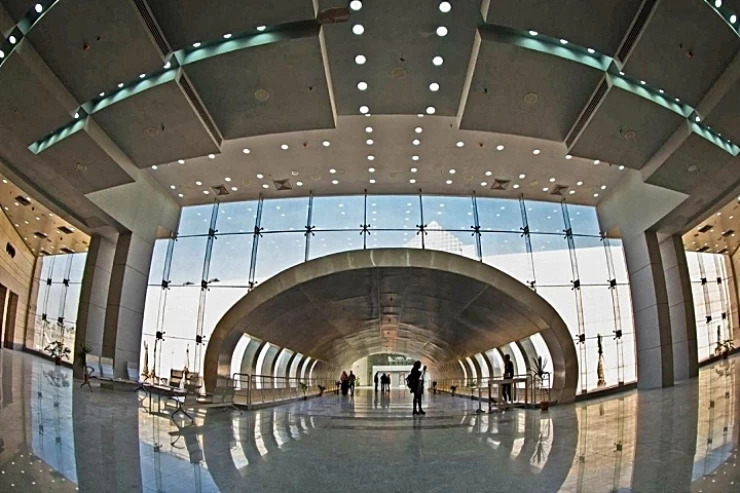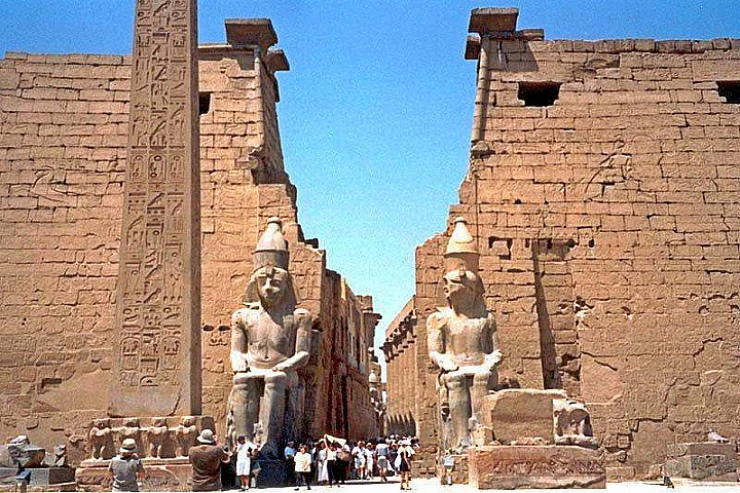
The Egyptian Museum in Cairo
Cairo's Egyptian Museum is a genuinely amazing place. It is home to one of the largest collections of ancient Egyptian artefacts in the world, encompassing more than 5,000 years of history. The wealth of Tutankhamun, which includes his recognisable gold mask, is without a doubt the most well-known display in the museum.
A wide variety of statues, jewellery, ceramics, and sarcophagi that provide light on ancient Egyptian religion, culture, and way of life are available for visitors to examine. The Royal Mummy Room in the museum also houses some exquisitely preserved mummies of pharaohs and other royal figures.
The structure itself is a piece of history, having been constructed in 1902 and featuring a Neoclassical design by French architect Marcel Dourgnon. Despite its antiquity, the museum continues to be an important global hub for historians and Egyptology lovers, providing a deep dive into the mysteries of ancient Egypt.
The Egyptian Museum focused on antiquities, has evolved in ideas from the time of Muhammad Ali Pasha from 1805 up to 1848, when he ruled Egypt. Being a monarch who knew about Egypt’s heritage and its threats through the outflow of things that went out of Egypt, he proclaimed a command establishing the first Antiquities of Egypt museum in Coppers Cairo. The location of this first museum was also close to El-Ezbekia Garden, and its displays were well organized by Hakikan Effendi and supervised by Youssef Diaa Effendi. Shaikh Rifa’a al-Tahtawi was instrumental during this period in averting the loss of Egypt’s archaeological wealth.
He controlled excavations and maintenance but also made laws of his own, and they included that no one should dig again unless permission was granted. Moreover, Al-Tahtawi ordered that every relic that was found was to be brought and kept in the El-Ezbekia Museum and ordered that such relics be not taken out of the country so that they remained in Egypt.
This productive activity prevented the loss of ancient monuments of Egypt as well as the birth of the first principles of archaeology in Egypt, which gave rise to the present-day Egyptian Museum.
It is regarded as one of the first archeological museums in the Middle East. It holds uncovered creases of royalty of Egyptian dynasties. The museums consist of more than 170000 objects, objects covering the chronology from pre-dynasty time to the Graeco-Roman period (5500 BC-AAD 364). The museum is found in Cairo, Broaden Tahir Square.
The designer is Marcel Dourgnon, a French national, and its construction was done by the famous Italian company of Giuseppe Garozzo and Francesco Zaffrani.
The Egyptian Museum’s treasures include the treasures of the Golden Mask of the young Pharaoh Tutankhamun and the Treasures of the King. The Golden Funerary Mask, also known as the mummy mask, is an exquisite handcrafted artistic artifact that captures everywhere elegance.
One of the other notable artistic works in the museum is the Menkaure Triads, which was found at the valley temple close to the Giza pyramids. It is carved in a single piece of stone depicting a king in the crown of upper Egypt. The museum has numerous collections from the various Egyptian civilizations and different periods, and it is one of the activities that are carried out in Cairo day tours from the airport, which is incomparably enjoyable to see pieces that are many centuries old.


















